
Key Takeways
- Cloud-based digital asset management centralizes all brand assets, enabling secure, real-time access and collaboration across distributed teams.
- AI-powered tagging, version control, and smart workflows reduce manual work and accelerate campaign delivery.
- BrandLife enhances brand governance by providing a brand guideline portal, centralized repository, and intelligent workflow automation.
- Cloud digital asset management scales cost-effectively, ensures compliance, and improves team efficiency, making it ideal for marketing, retail, education, nonprofits, and media sectors.
Traditional on-premise platforms once dominated how organizations stored and managed creative files. But maintaining servers, handling manual updates, and limiting access to local networks no longer fit the pace of modern content creation.
As marketing and creative teams grow across regions, these systems often become bottlenecks—slow, expensive to maintain, and difficult to scale.
Cloud-based digital asset management changes that. It moves every brand asset—images, videos, templates, and documents—into a secure, centralized environment accessible from anywhere.
Instead of depending on local storage and IT-heavy maintenance, teams can collaborate in real time, automate version control, and maintain consistent branding across every channel.
In this guide, we’ll explain what cloud-based digital asset management (DAM) systems are, how they compare to on-premise tools, and the features that define the best cloud-based digital asset management solutions.
What Is Cloud-Based Digital Asset Management?
Cloud-based digital asset management is a centralized platform that allows organizations to store, organize, and share their digital files, such as images, videos, brand documents, and creative assets, securely in the cloud.
Digital asset management uses metadata, permissions, and automated tagging to make content easier to locate, govern, and distribute across teams and channels.
The shift toward cloud infrastructure enables teams to manage growing volumes of digital content without worrying about local storage limits or server maintenance.
Modern brands rely on this model to create a “single source of truth” for their digital assets, ensuring everyone—from designers to marketing managers—works with accurate, up-to-date content.
Key Features of Cloud-Based Digital Asset Management Software
Cloud-based digital asset management platforms combine asset organization, brand governance, and collaboration in one environment.
Here are the core features that make them essential for growing organizations:
AI-powered tagging and search
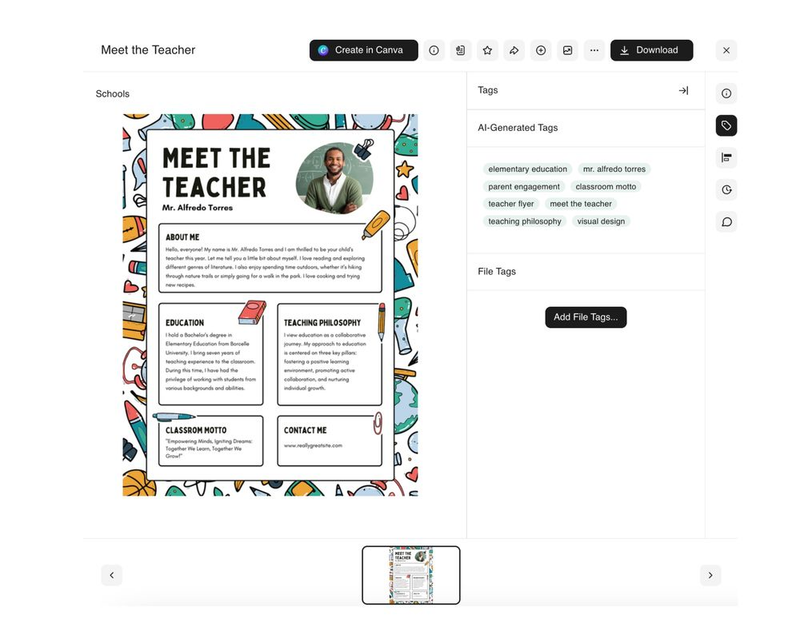
AI capabilities automatically tag, categorize, and recognize visual elements in uploaded assets. This reduces manual work and allows users to find files using contextual or visual search terms.
With BrandLife, teams can leverage AI-driven tagging and searching to instantly organize brand assets—detecting logos, themes, and even campaign-specific visuals. Marketing and creative teams spend less time searching and more time creating.
Version control and real-time collaboration
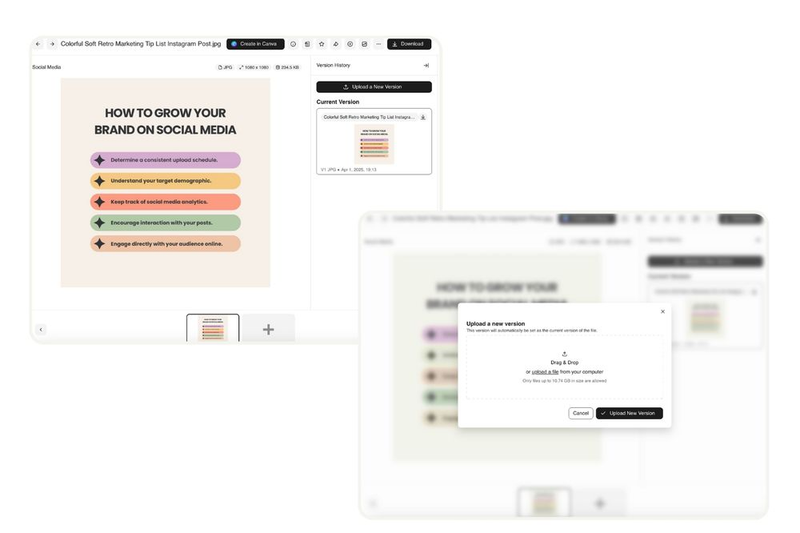
Every asset update is recorded, so teams can revert to older versions or compare revisions. Real-time commenting and approvals enable designers, marketers, and clients to collaborate in one workspace instead of exchanging endless email threads.
BrandLife simplifies this process by providing a unified hub where creative and marketing teams co-create, review, and approve assets without version confusion or workflow delays.
Secure access and permissions management
Role-based permissions help organizations protect sensitive materials while maintaining accessibility for the right users. In regulated sectors such as healthcare and finance, this supports compliance with frameworks like GDPR and ISO 27001.
BrandLife’s granular access controls ensure that only authorized users can view or edit specific assets. This helps brands stay compliant while keeping creative processes smooth and secure.
Integrations with popular tools

Leading platforms connect seamlessly with creative and productivity tools like Adobe Creative Cloud, Figma, Slack, Canva, and Google Drive. This integration streamlines creative workflows by letting users upload, edit, or share assets directly within their existing toolset.
BrandLife enhances this experience by integrating natively with these platforms, allowing teams to manage and publish assets without breaking their creative flow.
Analytics and usage insights

Built-in analytics dashboards track asset downloads, adoption, and track version use to flag inconsistencies. Marketing teams can identify which visuals or campaign materials generate the most engagement, refining future content strategies.
With BrandLife’s intelligent reporting, teams gain visibility into how and where assets are used—enabling data-backed decisions that strengthen brand impact across channels.
Benefits of Using Cloud-Based Digital Asset Management Solutions
The benefits of adopting a cloud-based digital asset management go far beyond simple file storage. For teams managing high volumes of branded content, the impact can be transformative.
Enhanced brand consistency
A cloud-based system ensures everyone uses brand-approved assets—the latest logos, correct color schemes, and approved templates. This consistency strengthens brand perception and reduces mistakes (e.g., using an outdated logo).
83% of employees surveyed report recreating assets because they couldn’t find the right version.

With BrandLife, users can restrict access to approved versions and enforce guidelines.
Improved collaboration across teams
Cloud-based systems allow distributed teams to access and collaborate on projects in real time, breaking down silos.
After implementing the BrandLife cloud-based digital asset management system, the ABARA Marketing Group saw a 30% reduction in brand inconsistencies and a significant cut in creative turnaround time.
This improvement enabled their marketing team to launch campaigns a full week ahead of schedule, accelerating overall time-to-market.
Cost-effectiveness and scalability
Unlike on-premise systems that require dedicated IT infrastructure, cloud digital asset management solutions scale with organizational growth.
Companies pay only for the storage or user tier they need, avoiding the high setup and maintenance costs of physical servers.
The global market for cloud-based digital asset management was valued at USD 4.5 billion in 2023 and is forecasted to reach USD 12.8 billion by 2032 (CAGR 12.4%), illustrating strong adoption trends.
Cloud vs. On-Premise Digital Asset Management
The choice between cloud-based and on-premise digital asset management depends on an organization’s infrastructure, compliance needs, and collaboration models.
For most creative and marketing teams, the flexibility and scalability of cloud digital asset management make it the preferred option. However, industries with stringent data sovereignty rules, like defense or government, may still choose on-premise setups.
How to Choose the Best Cloud-Based Digital Asset Management System
Selecting the right digital asset management software requires evaluating both technical features and team needs. Here are a few things to consider:
1. Identify core business goals
- Define what success looks like: faster approvals, better collaboration, or consistent brand governance.
- Set measurable KPIs such as asset reuse rates or campaign turnaround time.
2. Evaluate features that match your workflow
- Look for AI-powered tagging, customizable metadata, and visual search.
- Confirm integration with existing tools, especially for design-heavy teams using Figma or Adobe Creative Cloud.
3. Assess security and compliance standards
- Review certifications like SOC 2, ISO 27001, and GDPR compliance.
- For nonprofit or public institutions, confirm accessibility compliance (e.g., WCAG 2.1).
4. Compare vendor support and onboarding
- The best vendors offer dedicated onboarding, knowledge bases, and responsive support.
- User-friendly interfaces help shorten the learning curve for non-technical teams.
5. Check pricing transparency and scalability
- Avoid vendors that require custom quotes without clear pricing tiers.
- Choose a platform that scales without hidden storage or user fees.
Who Benefits from Cloud-Based Digital Asset Management?
Cloud digital asset management solutions cater to a wide range of industries and team structures.
Marketing teams and agencies
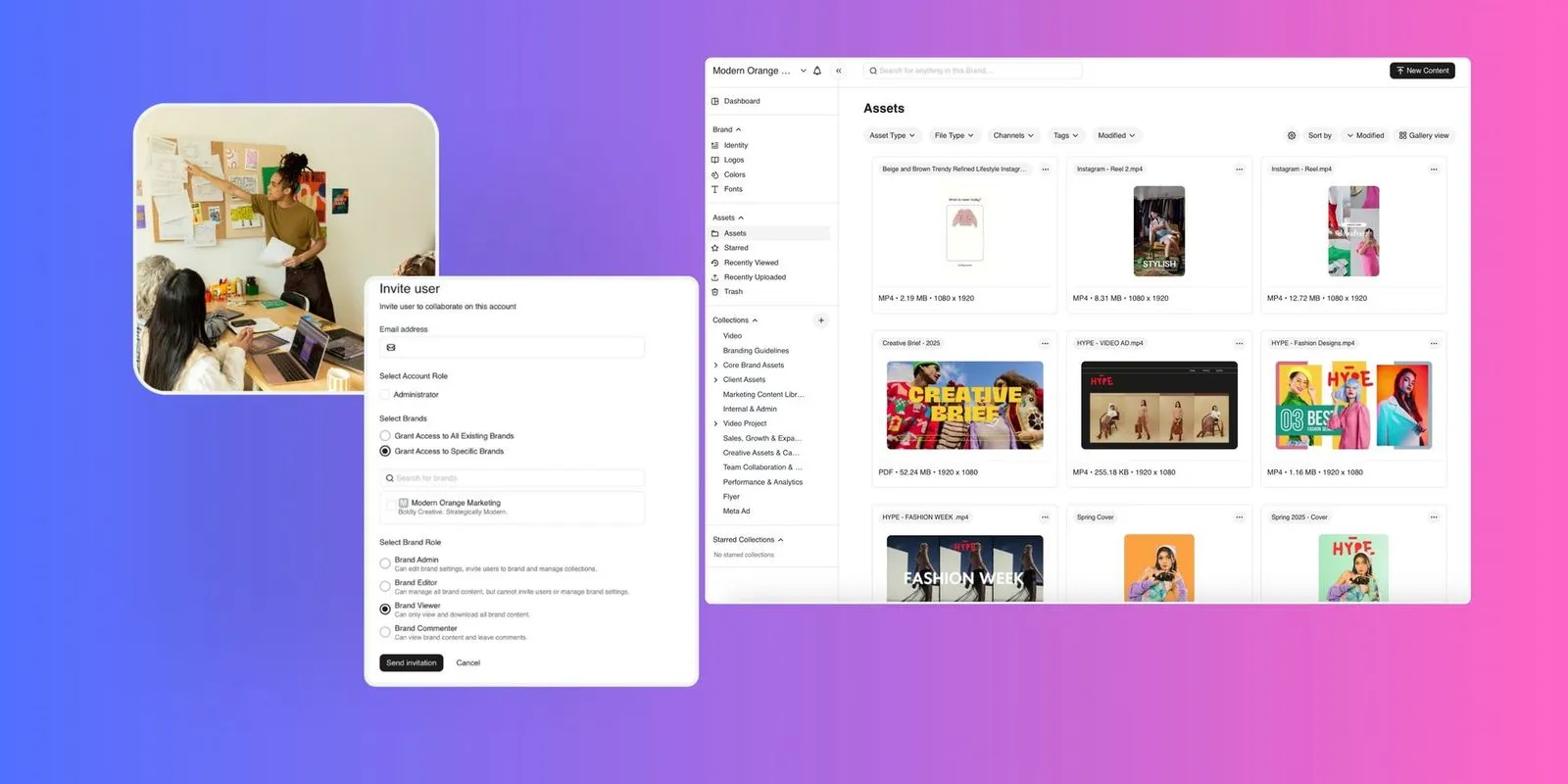
Centralized brand assets allow agencies to serve multiple clients while maintaining distinct guidelines for each.
Retail and e-commerce
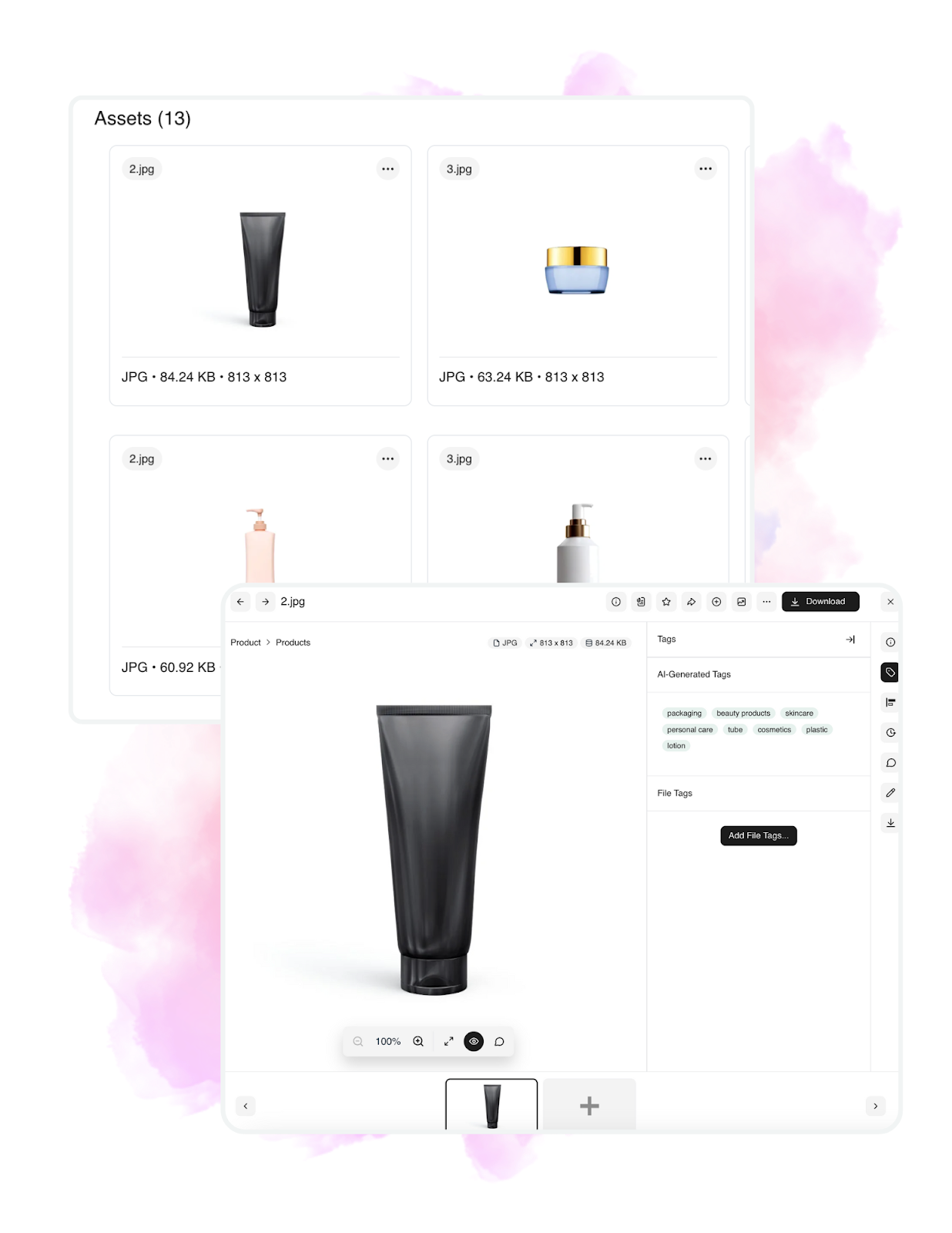
Retailers benefit by ensuring product images, promotional banners, and visual merchandising are uniform across channels, including online store, in-store displays, and social media, so the brand looks polished and trustworthy.
Healthcare and education
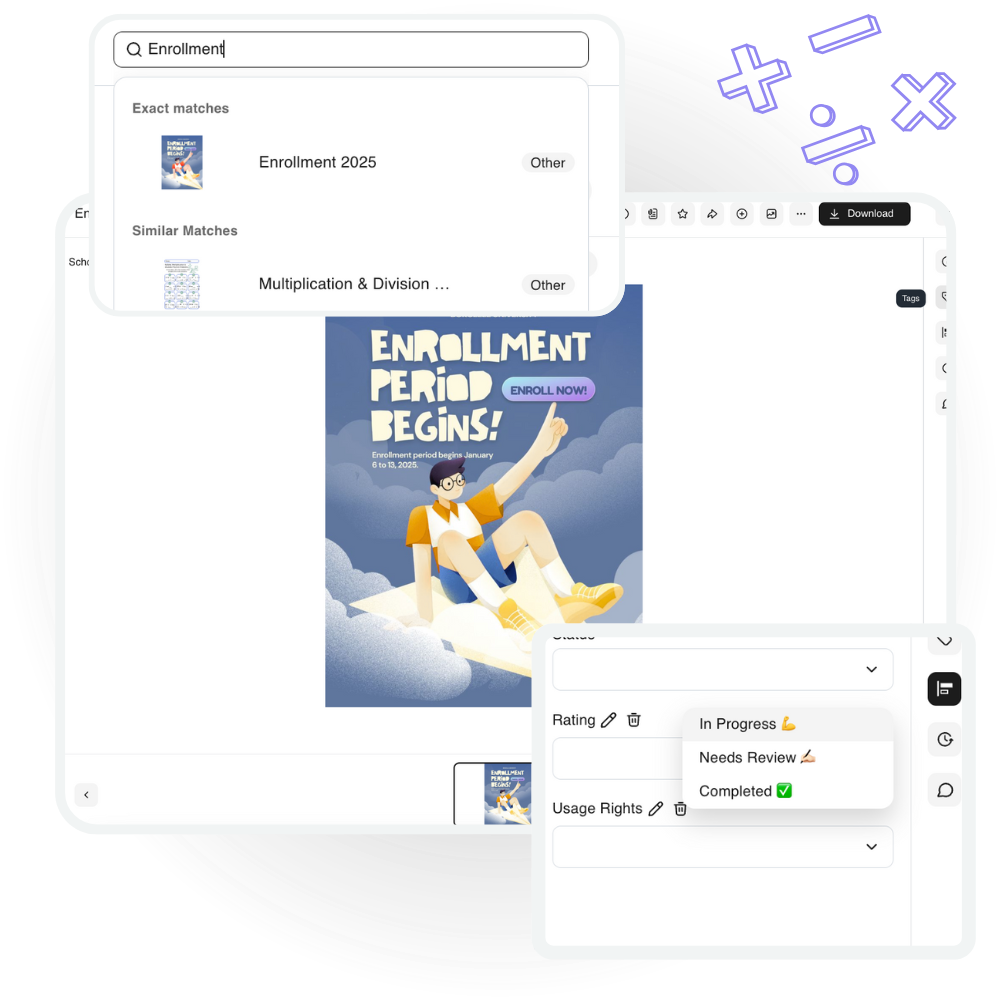
Hospitals, clinics, or universities often produce or store large amounts of visual and document assets, such as patient-education materials, medical imaging, and lecture videos. A cloud-based digital asset management system helps ensure secure, compliant access while simplifying versioning and review.
Nonprofits

Nonprofits often run many campaigns (fundraising, awareness, events) with limited budgets; centralized and accessible brand assets help them avoid duplicate creative work, ensure consistent messaging, and make the most of their resources across chapters or partners.
Media and creative production

Studios, broadcasters, or post-production houses deal with large volumes of video, audio, raw footage, and graphics; cloud-based systems let them collaborate across locations, track revisions, and deliver faster.
Each sector gains from improved content governance, faster collaboration, and reduced operational friction.
Implementing a Cloud-Based Digital Asset Management Solution
A successful digital asset management rollout blends technology, training, and process alignment.
Here’s a step-by-step guide to implementing a cloud-based digital asset management solution effectively.
1. Audit existing assets
Gather all digital content across drives and platforms. Eliminate duplicates and archive obsolete materials to start clean.
2. Define metadata and taxonomy
Standardize naming conventions, tags, and folders to simplify searches later. Use AI tools to automate tagging when possible.
BrandLife’s AI tagging engine automatically detects brand elements like logos, color schemes, and campaign themes—ensuring every asset is labeled correctly without manual effort.
3. Migrate and test
Start with a pilot migration. Upload a representative batch of assets and validate metadata, permissions, and file integrity. Once tested, proceed with the full rollout.
For example, a mid-sized retailer could migrate over 50,000 assets in two weeks by running test uploads first and refining folder hierarchies based on team feedback. This approach helps teams identify gaps early and streamline the full migration process.
4. Train your team
Technology adoption succeeds only when teams embrace it. Conduct live demos, record short walkthrough videos, or hold Q&A sessions. Highlight productivity gains, such as cutting search time by 30% or reducing back-and-forth emails.
BrandLife offers onboarding modules and real-time chat support to help creative, marketing, and brand teams get comfortable with the platform faster.
5. Set governance rules
Define who can upload, edit, approve, and archive assets. Implement approval workflows for new creative submissions to ensure only brand-compliant materials go live.
Regularly review permissions as teams evolve, especially for agencies, freelancers, and temporary collaborators.
With BrandLife’s role-based access control, it’s easy to maintain security and version accuracy across distributed teams.
6. Monitor and optimize
Once your system is live, use analytics to measure adoption, asset usage, and collaboration trends. Track which files are downloaded most often and where bottlenecks occur.
BrandLife’s analytics dashboard provides insights into top-performing assets and underutilized content, helping marketing leaders make data-driven decisions and refine workflows over time.
Why Choose BrandLife for Cloud-Based Digital Asset Management
Cloud-based digital asset management software functions as more than just a storage solution. It’s the backbone of efficient brand management.
For creative professionals and marketing teams managing multiple brands or campaigns, BrandLife provides an intuitive platform designed for clarity, collaboration, and brand control.
Here are a few ways BrandLife makes it easy to manage and organize your most valuable brand assets.
Brand guideline portal
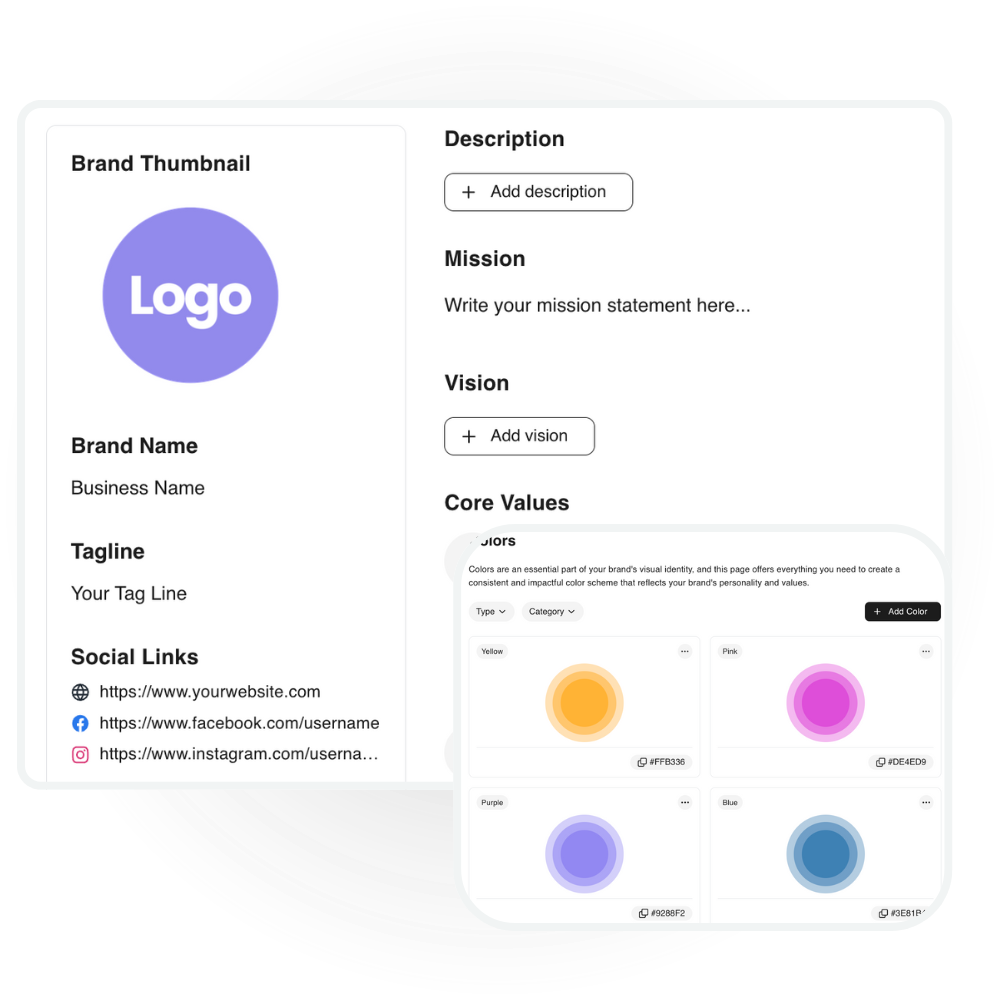
Keep every brand element, from logos and fonts to tone of voice, in one interactive hub. BrandLife’s guideline portal ensures that everyone, from designers to agencies, creates content that’s always on-brand and up to date.
Centralized repository
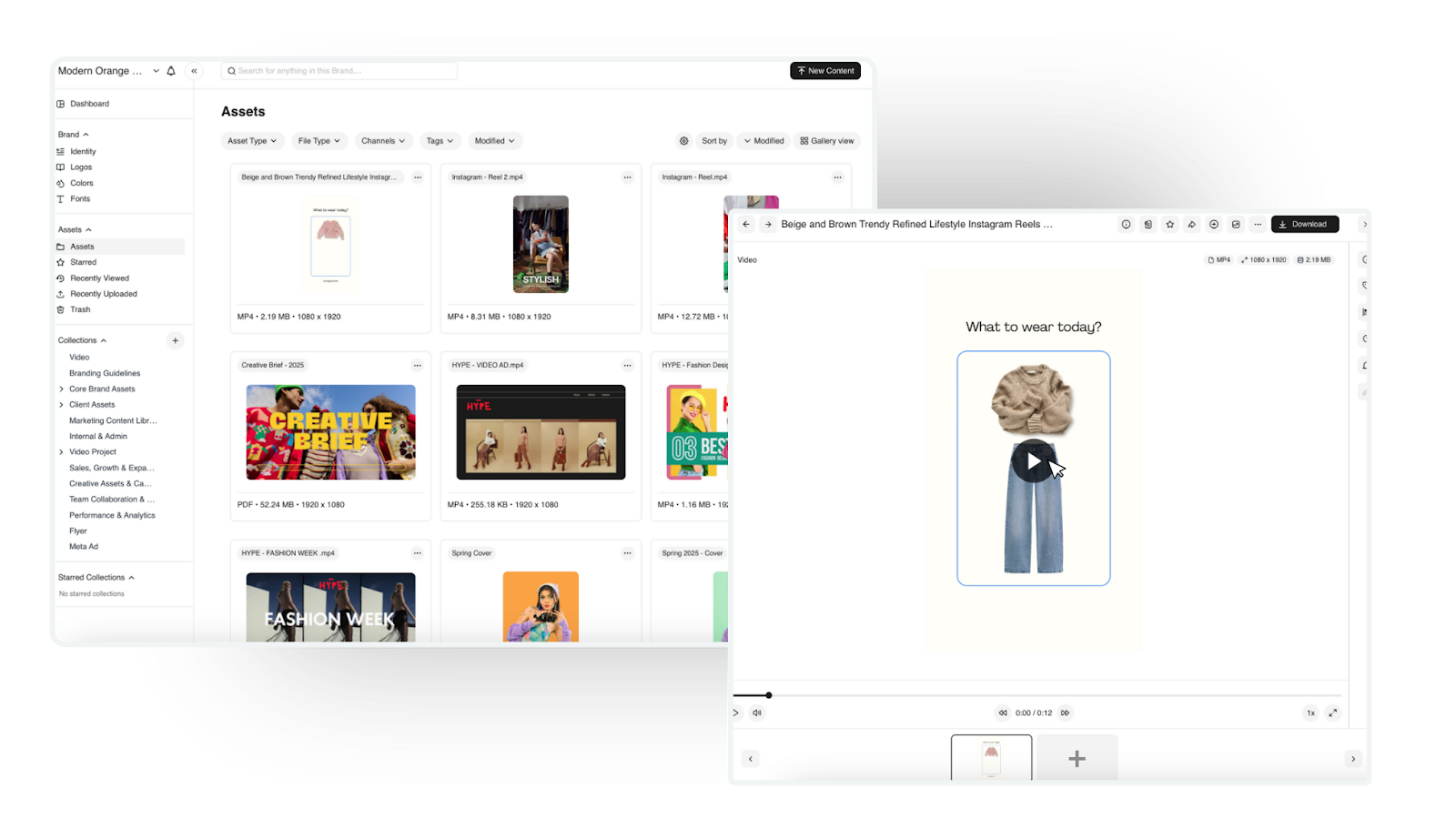
BrandLife provides access to all your creative assets, such as images, videos, templates, and more, from a single, secure cloud environment. Teams can instantly find approved versions, search assets by type, format, campaign names, etc.
Smarter workflows

BrandLife’s intelligent workflows keep projects moving smoothly, helping teams launch campaigns faster and with fewer errors. It automates repetitive steps like reviews, approvals, and version tracking.
Start your 14-day free trial today and experience how BrandLife can simplify collaboration, strengthen brand consistency, and transform the way your team manages digital assets.
Frequently Asked Questions
A cloud-based digital asset management solution enables teams to access, review, and approve creative assets in real time, regardless of location. Shared workspaces, version control, and commenting tools eliminate silos and speed up campaign delivery.
Yes. Most modern platforms provide guided migration tools and metadata mapping to ensure a smooth transfer. With BrandLife, teams can run pilot migrations, validate data accuracy, and go live without disrupting ongoing projects.
Industries like marketing, retail, e-commerce, education, and media see the greatest impact. Any organization managing large volumes of creative assets can benefit from centralized access, consistent branding, and faster time-to-market.




